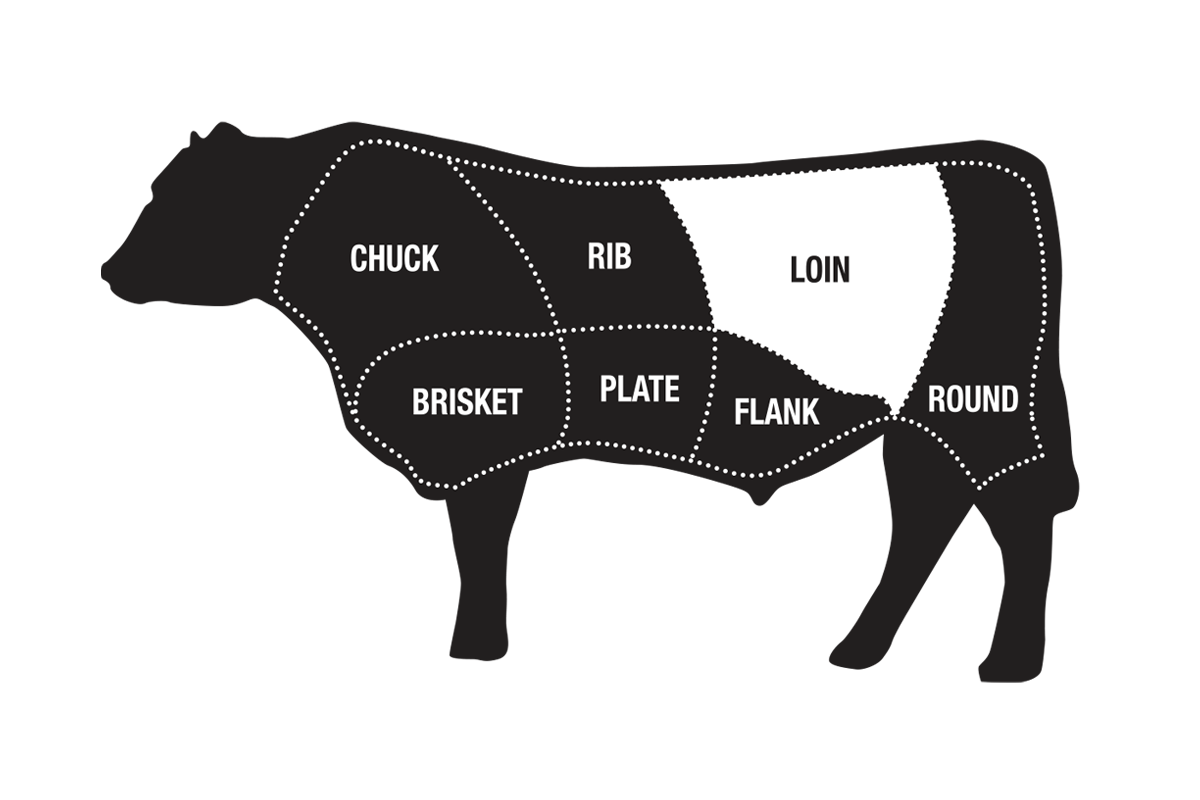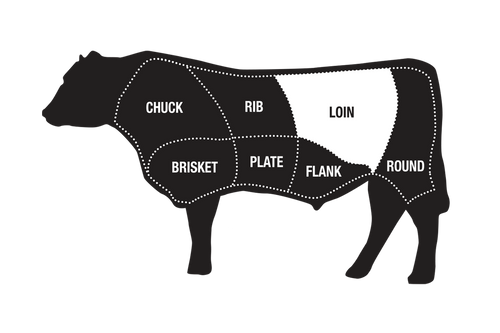Wagyu New York Strip Steak
American Wagyu
SRF New York strip steaks are cut thick with generous marbling, amazing flavor and a firm, yet tender texture. Our strip steaks are offered in a variety of grades and sizes.
Humanely Raised Beef
Wet-Aged For 21+ Days
Cut by Master Butchers
The New York strip has a renowned history and is the first choice for many discerning steakhouse patrons. SRF American Wagyu NY strip steaks are carefully cut by hand so there is natural variation in size. Each thick NY strip has the amazing flavor and tight texture beef experts associate with a great New York strip steak. Of course, these are American Wagyu beef, so they're deeply marbled with a wonderful complexity and subtle sweetness that provides a one-of-a-kind steak eating experience.
Average weights:
1" - 10 oz.
1.5" - 14 oz.
Snake River Farms beef grades start at USDA Prime, the top grade on the USDA scale. The majority of SRF beef is marbled well beyond this level. To grade SRF, we use a 12-point Beef Marbling Score (BMS), which measures marbling that exceeds the USDA scale.
SRF Silver® - BMS of 4 to 5. Marbling comparable to USDA Prime.
SRF Black® - BMS of 6 to 8. Significantly more marbling than USDA Prime.
SRF Gold® - BMS of 9 to 10. Dramatically more marbling than USDA Prime.
SRF Gold Plus™ - BMS of 11 to 12. The highest marbling available from Snake River Farms.

Details
The New York strip has a renowned history and is the first choice for many discerning steakhouse patrons. SRF American Wagyu NY strip steaks are carefully cut by hand so there is natural variation in size. Each thick NY strip has the amazing flavor and tight texture beef experts associate with a great New York strip steak. Of course, these are American Wagyu beef, so they're deeply marbled with a wonderful complexity and subtle sweetness that provides a one-of-a-kind steak eating experience.
Average weights:
1" - 10 oz.
1.5" - 14 oz.
Cooking Tips
Beef Grading
Snake River Farms beef grades start at USDA Prime, the top grade on the USDA scale. The majority of SRF beef is marbled well beyond this level. To grade SRF, we use a 12-point Beef Marbling Score (BMS), which measures marbling that exceeds the USDA scale.
SRF Silver® - BMS of 4 to 5. Marbling comparable to USDA Prime.
SRF Black® - BMS of 6 to 8. Significantly more marbling than USDA Prime.
SRF Gold® - BMS of 9 to 10. Dramatically more marbling than USDA Prime.
SRF Gold Plus™ - BMS of 11 to 12. The highest marbling available from Snake River Farms.











